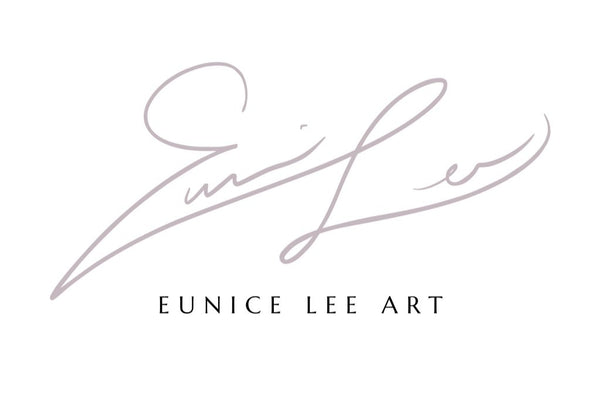
Russell Westbrook Doesn't Look Like Russell Westbrook: Failure is What I Make of It
Share
Introducing: “Hungry.” Acrylic on 8”x10” panel based on image found here.
This was actually the first portrait painting I ever attempted—even before my self-portrait—and I learned so much from it, not just technically as an artist, but how to accept errors as part of the process and ultimate result.
Growing up, I saw everything I did as having a black and white outcome of either success or failure:
Success = Praise from others and fuzzy, warm feelings
Failure = So much shame that living with myself was unbearable
As you might imagine, this led to an exhausting, constant striving for perfection in order to avoid the pain of failure. However, in recent years, I have been trying to shift towards a more nuanced, compassionate, bigger-picture, shades of gray perspective: that “failure” doesn’t make me a failure and not worth the space I occupy on this earth. Rather, mistakes will inevitably happen and they can be what I make of them.
This is easier said than done. Ingrained thoughts often prove to be stubborn, so unconscious and automatic that they seem fundamentally and universally true. However, painting is providing me with the opportunity to retrain my brain, to internalize the belief that failure doesn’t define me or shame me and that I can learn and grow from failure.




As you can see from the initial iterations, Russell Westbrook doesn’t look like Russell Westbrook. At various points, his facial proportions were off, the value of his face was too dark, and his skin tone lacked depth and warmth. In the pencil sketch, he looks like a youthful college student, in another place he just looks like some unrecognizable, imaginary person who has his eye on you.
At the end of a painting session, I’d take a step back and lament at how not like Russell Westbrook Russell Westbrook looked. I’d agonizingly exclaim to my husband, “I’ll never be a good painter!” Sometimes, it was hard to put down my paintbrush to eat or to sleep, knowing that the current state of the painting was not where I wanted it. Almost as if I couldn’t accept myself until the painting was satisfactory, that its current condition was definitive of my own acceptability. In the past, I’d push myself to complete projects as quickly as possible, skipping meals and staying up all night because this state of unfinished-ness and unpolished-ness embarrassed me, like I had left an interview only to discover that my shirt was half tucked in, my mascara had created a black halo around each eye, and a booger was hanging out of my nose the whole time. God forbid that anyone would ever see my puny attempts and deplorable in-between stages, lest they lose all respect for me! (Except now I’ve posted them on the Internet for anyone to see!)
However, there were also times when, as I felt the anxiety creeping in, I heard myself say, “It’s okay. It may not look right now, but this is part of the process. Trust the process,” and I forged ahead. I then discovered the joy of how forgiving acrylic paint is because of how easily you can make a chin more chiseled with the stroke of an angled brush dipped in the background color, and lighten the value by adding a new layer of color and that adding such a layer can actually enhance the dimension of the final painting. Mistakes will happen because such is the human condition. Forgiving oneself recognizes the error, but also propels healing, growth, and beauty. It makes something out of the mistake rather than letting the mistake make you.
What you are today is not what you will be tomorrow—as long as you choose not to stop. Who I am is not static, defined by one moment in time, by a single success or by a single failure, but a collection of moments. And even though it often feels like I’m never going to get “there”—wherever “there” is—each today aggregates until it builds critical mass. Even when I did fall into the “I’ll-never-be” mentality, that, too, was a moment in a collection of moments. It didn’t stop me from picking up the paintbrush the next day and having another go at it, and little by little, I got closer and closer until I felt like I could say the painting was completed. And Russell Westbrook ended up looking pretty close to Russell Westbrook, right? To the point that, even though I can see ways to improve, I can also actually say, “Not bad!” (Which is a big deal coming from a recovering perfectionist!)
These are life lessons commonly expressed, but I have found that truly believing them is difficult in the face of fear and anxiety and societal pressure. However, they are becoming more fixed into my psyche with every brush stroke on the canvas, as if I am also applying the paintbrush to my soul.
